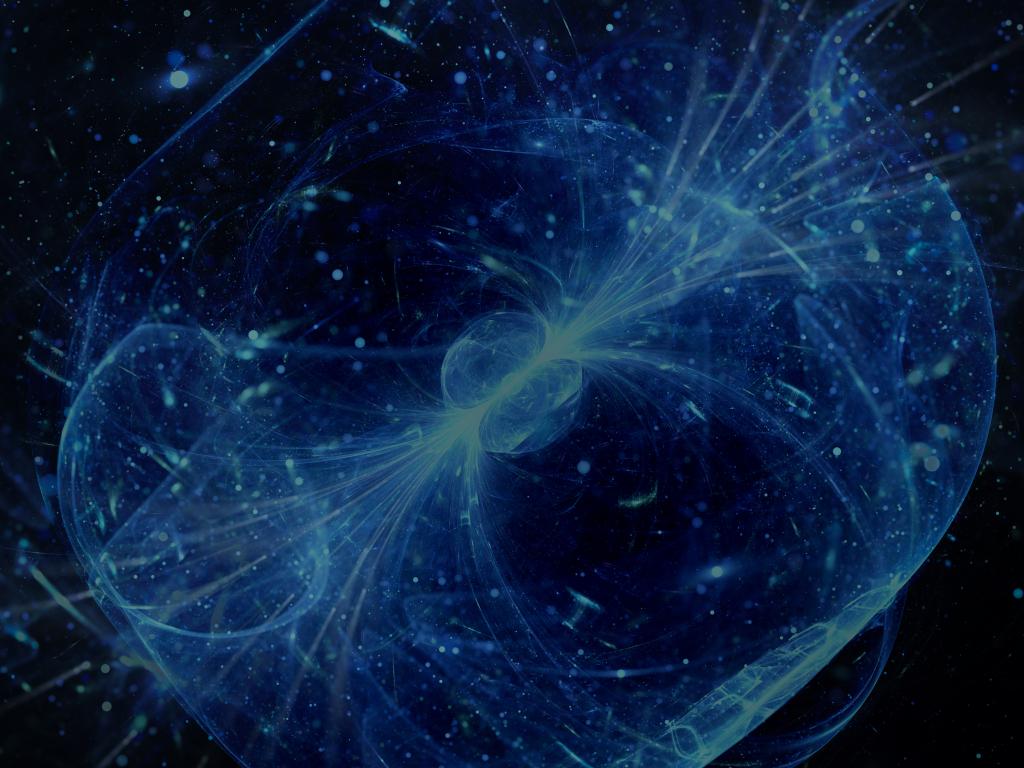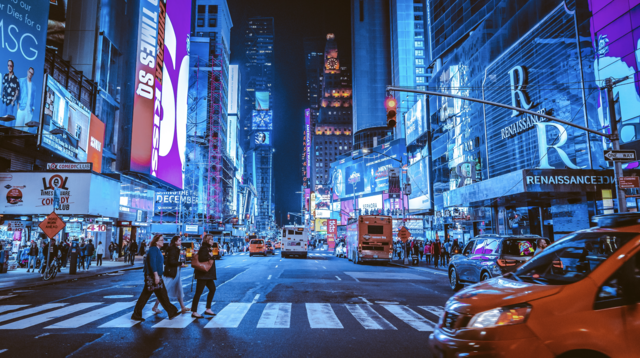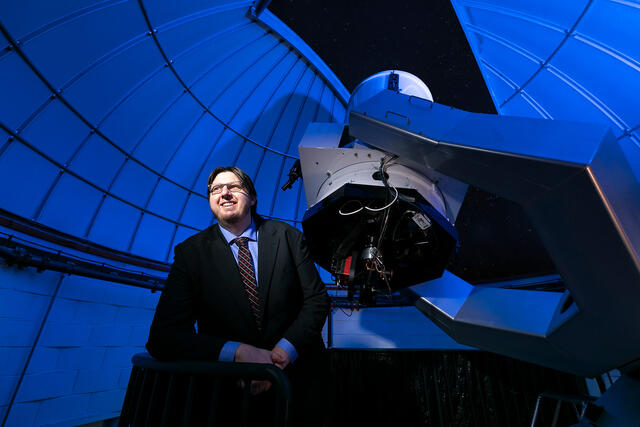Admission CTAs
The night sky is in jeopardy, and it is up to us to fix it
In honor of International Dark Skies week, we highlight the dangers of light pollution, why it is happening, and what you can do to help.
If you ever travel at night through the more remote areas of West Virginia, make sure to take a moment to look up. Those who grew up in or near a city may be surprised by the vast number of stars visible and the Milky Way cutting across the night sky.
More than 80 percent of people on the planet experience the effects of light pollution—where the lights from our homes, offices, streets, and cars brighten the night sky and make it harder for us to see the natural beauty of space. With the continuous advancement of technology, this pollution has only worsened over the past century.
While a limited view of the stars may initially seem like a small price to pay for the comforts that come from today’s electronics—there are greater implications affecting all living things. An article released by the National Geographic Society noted the grave effects artificial light can have on wildlife—hindering some species’ ability to follow their typical migration patterns and reproduction cycles. Insect-eating predators find it more difficult to locate food sources as bugs attracted to outdoor light fixtures can die upon impact. The circadian rhythm of humans and animals shift while excess light affects the release of melatonin needed for sleep. Not only that, but human-made light often uses unnecessary energy—wasting money and contributing to the negative impact of climate change.
So, why does sky pollution happen? For the same reason the sky is blue during the day, and turns red at sunset.
When the sun’s light interacts with Earth’s atmosphere, it experiences what scientists call Rayleigh Scattering, meaning sunlight is scattered in all different directions. Energetic photons that correspond to blue light get scattered more than others, making the sky appear blue throughout the day. Yet, as the sun sets in the sky, sunlight passes through more of the Earth’s atmosphere—causing blue and even yellow light to scatter and primarily leave red light coming from the setting sun. The same phenomenon happens with human-made light. Its shine is scattered into the atmosphere, ultimately brightening the night sky and creating what scientists refer to as sky glow.
While much of the sky’s pollution comes from human-made items on the Earth’s surface, new challenges will come with the planned influx of satellite launches. Nature reports tens of thousands of satellites are expected to launch in the coming years to provide broadband Internet for people around the world—a large increase from the 4,800 satellites orbiting Earth now, of which nearly half of those have been added in the last few years alone. Satellites can reflect sunlight and contribute to sky glow the same as lights on the ground, and it is predicted that in the next decade, the number of satellites visible in the night sky will exceed the number of stars. Imagine what that night sky will look like then.
More concerning is the inevitability that these satellites will become obsolete or cease to work with no plan for returning them safely to Earth. They either continue to orbit in space, increasing the chance for collisions with other orbiting objects, or burn up upon reentry causing unknown impact to the planet’s atmosphere. The release of aluminum and metals into the atmosphere is similar to the pollution of plastics in Earth’s oceans.
International Dark Skies week—April 22 through April 30—seeks to bring attention to the negative effects of light pollution and to educate people on what they can do to make a positive impact from their own homes. Darkysky.org offers a plethora of ways people can support this initiative, from becoming a community scientist or dark sky advocate to hosting night walks. Virginia Governor Glenn Youngkin released a proclamation this past week recognizing International Dark Skies Week in the Commonwealth of Virginia.
Twice a month, Mason’s Observatory hosts an “Evening Under the Stars” inviting community members to gather at its location on the Fairfax Campus and view the stars and planets while learning about topics ranging from black holes to galactic scale winds. But like many observatories, it too is not free from light pollution as neighboring buildings and parking garages remain lit at night and make it more difficult to observe space. While Mason has made some steps to do its part by replacing light fixtures with newer LED ones that improve efficiency and light color, it doesn’t solve the problem entirely.
Local advocacy appears to be moving the needle and expanding awareness. In October 2021, the Observatory Park at Turner Farm in Great Falls received approval on a proposal seeking “dark-sky” status from the International Dark Sky Association. There is now an ordinance under consideration by Fairfax County that would create a light reduction zone around that observatory to help minimize light pollution. Such an ordinance could open the door for other observatories and organizations seeking a similar reduction. The alternative is slowly moving observatories to even more remote locations, mountain peaks, or even into space itself—something that would cost taxpayers millions to billions of dollars.
There are plenty of things you can do to help from your own home. (1) Switch all lights off while sleeping or away from the home. Leaving lights on results in wasted energy, money, and contributes unnecessarily to light pollution. (2) Change your incandescent bulbs to energy efficient LED bulbs. Scientists recommend bulbs designed to shine light downward for better light control, illuminating only a specific area. (3) Get involved in your local government by speaking to officials about the importance of responsible lighting policies such as motion sensors that only turn on when needed.
Starlight has traveled thousands, and in some cases millions, of years to reach the Earth. It is disappointing to think no one looking up will be able to see it after such a long journey. Dark Skies Week is an important opportunity for us to educate and appreciate the natural beauty of the night sky. Advocates work to preserve Earth’s attributes through National Parks and other legislation. Why not also strive to protect the beauty above?


